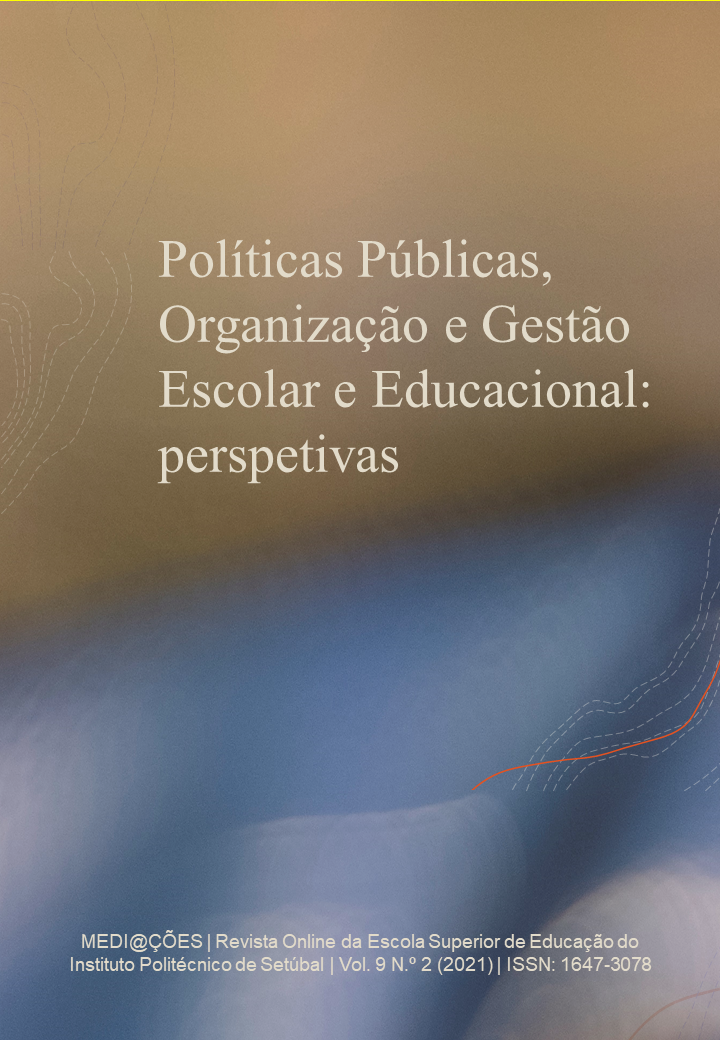Public policies unfold in a social process that involves different types of actors, with their references and practices, and that makes policies to be considered as public action that, succinctly, can be characterized by non-linearity, interdependencies and circularities given the number and variety of actors (public and non-public, national and transnational) involved in the action and the less hierarchical relationships between actors where the vertical hierarchical approach is replaced by a multipolar polyarchy.
On the other hand, public policies are not restricted to government intervention, but, on the contrary, are built through the intervention and interaction of other actors.
All these characteristics of public policies as public action, and the problems arising from them, are present within schools as organizations seen as complex social microcosms where an interdependent network of actors who contribute, in different ways, to the ways in which one thinks, also interact. , how the school institution is organized and managed and led.
DOI: https://doi.org/10.60546/mo.v9i2
Published: 2022-01-05
